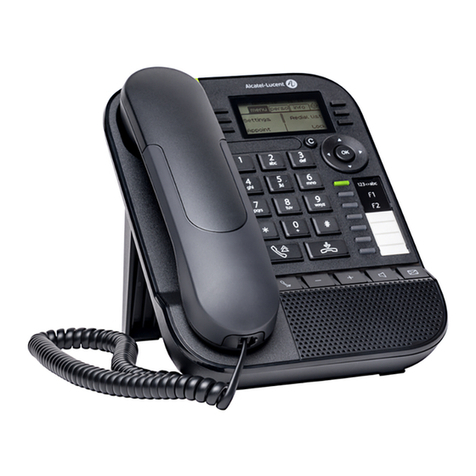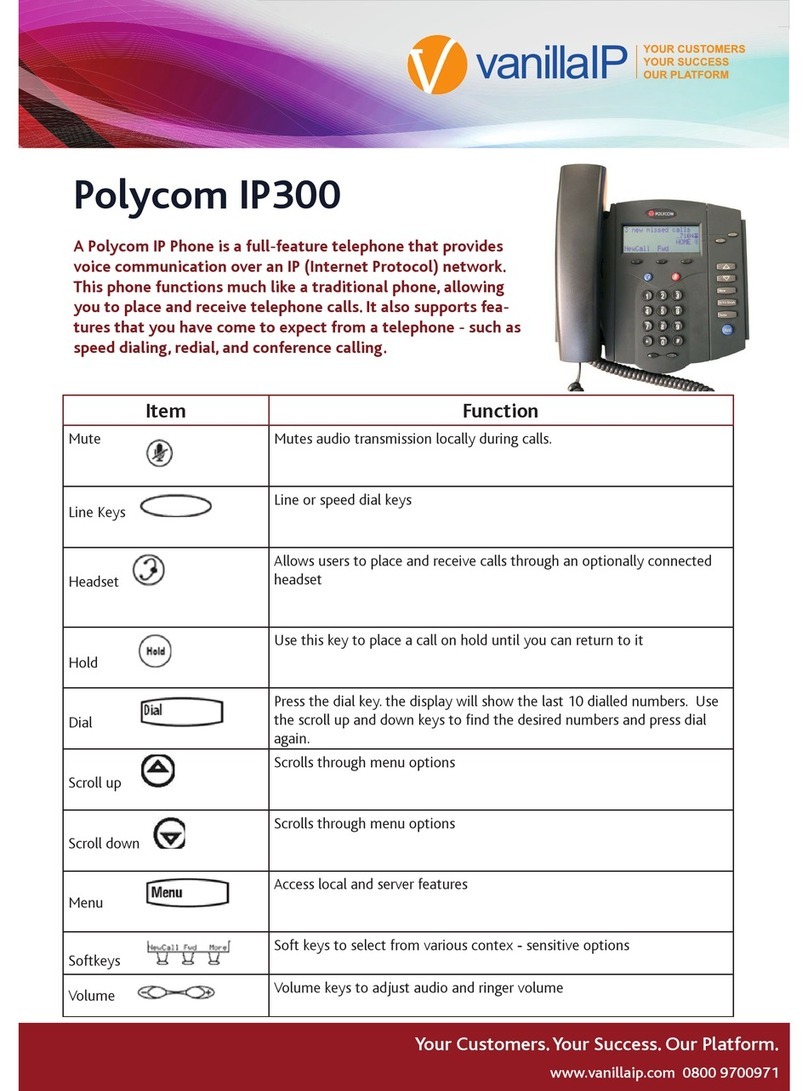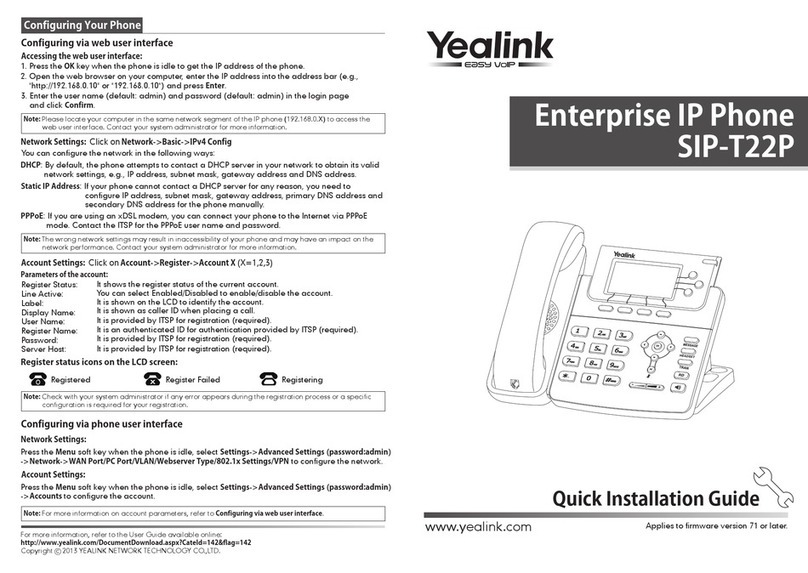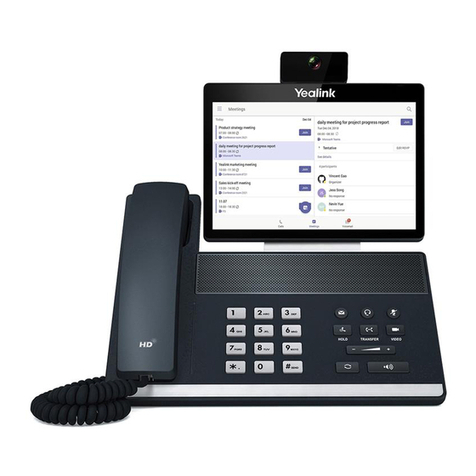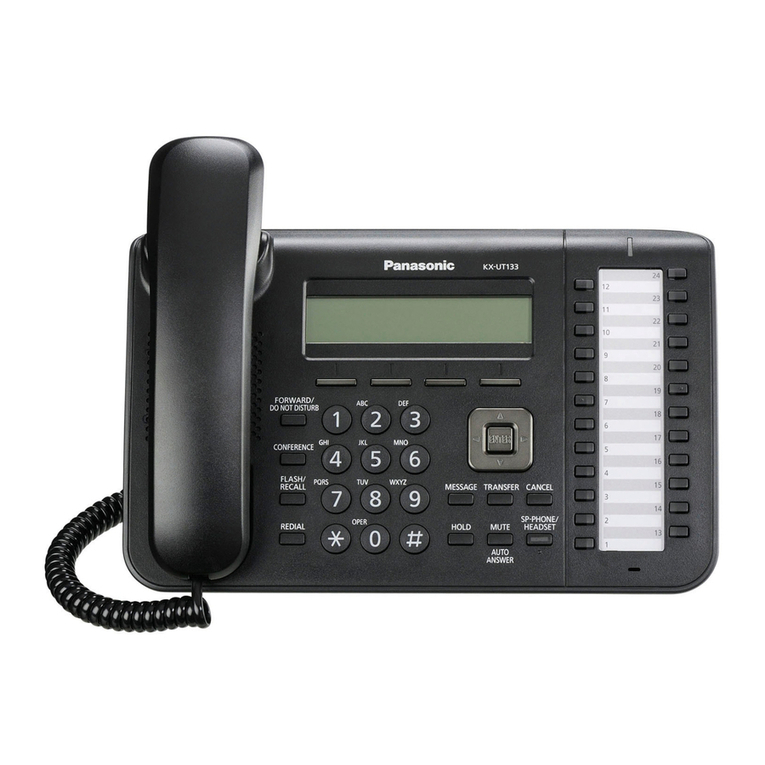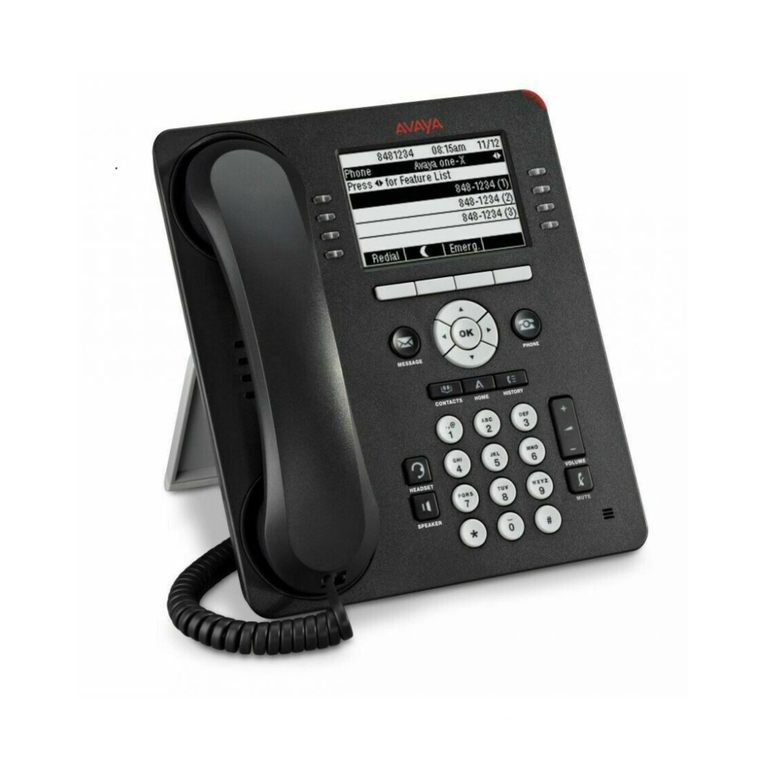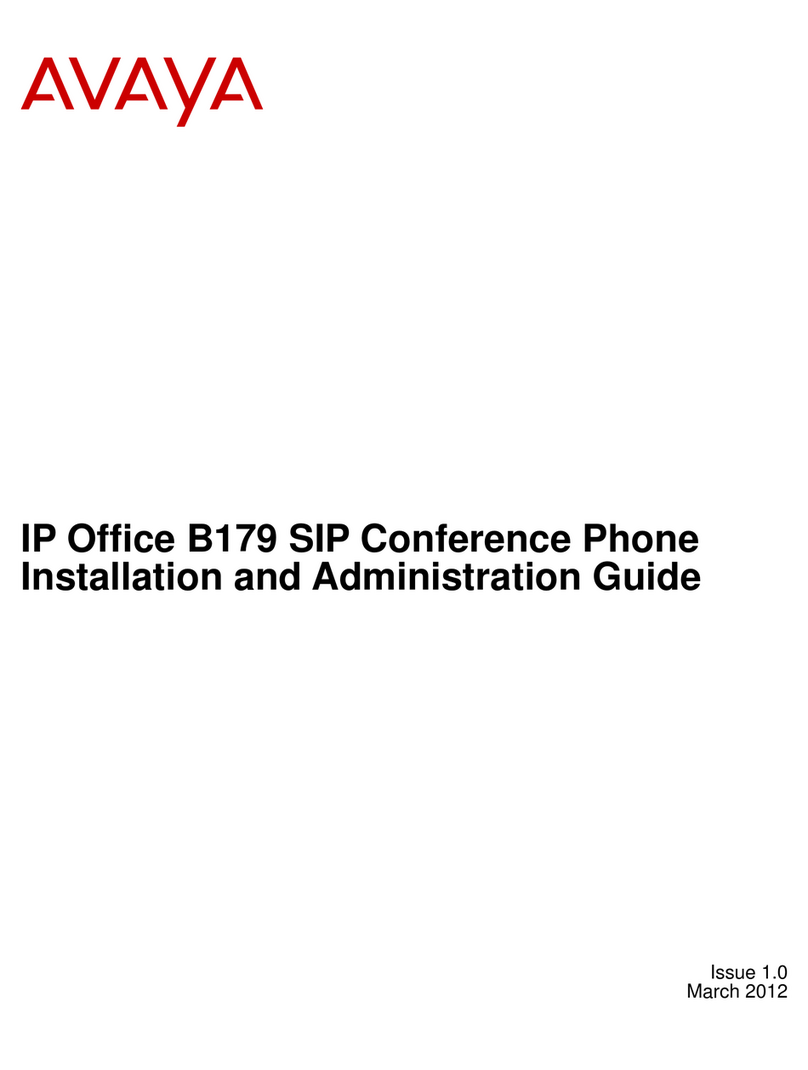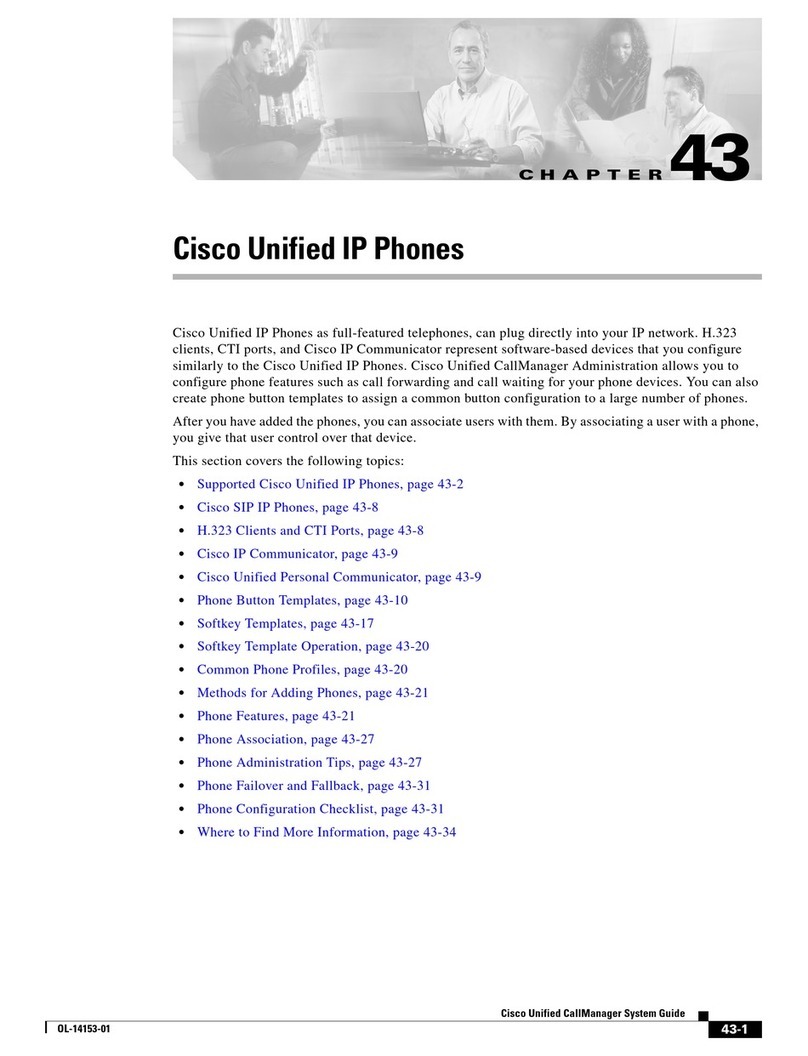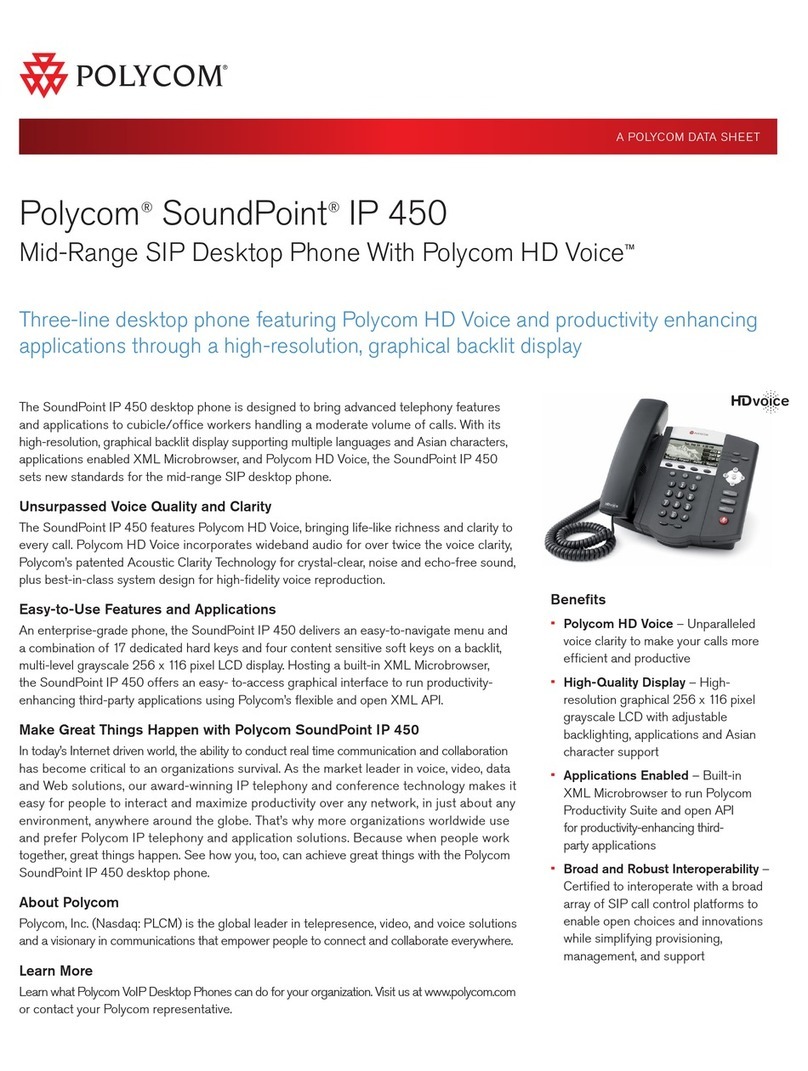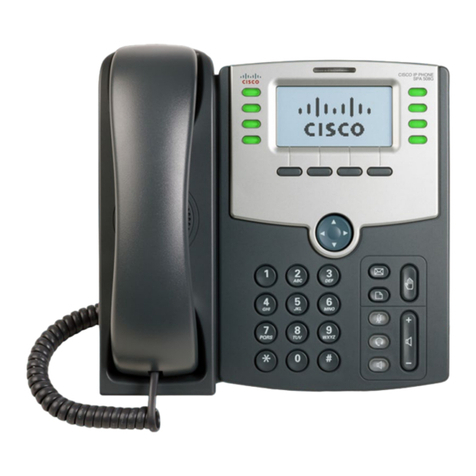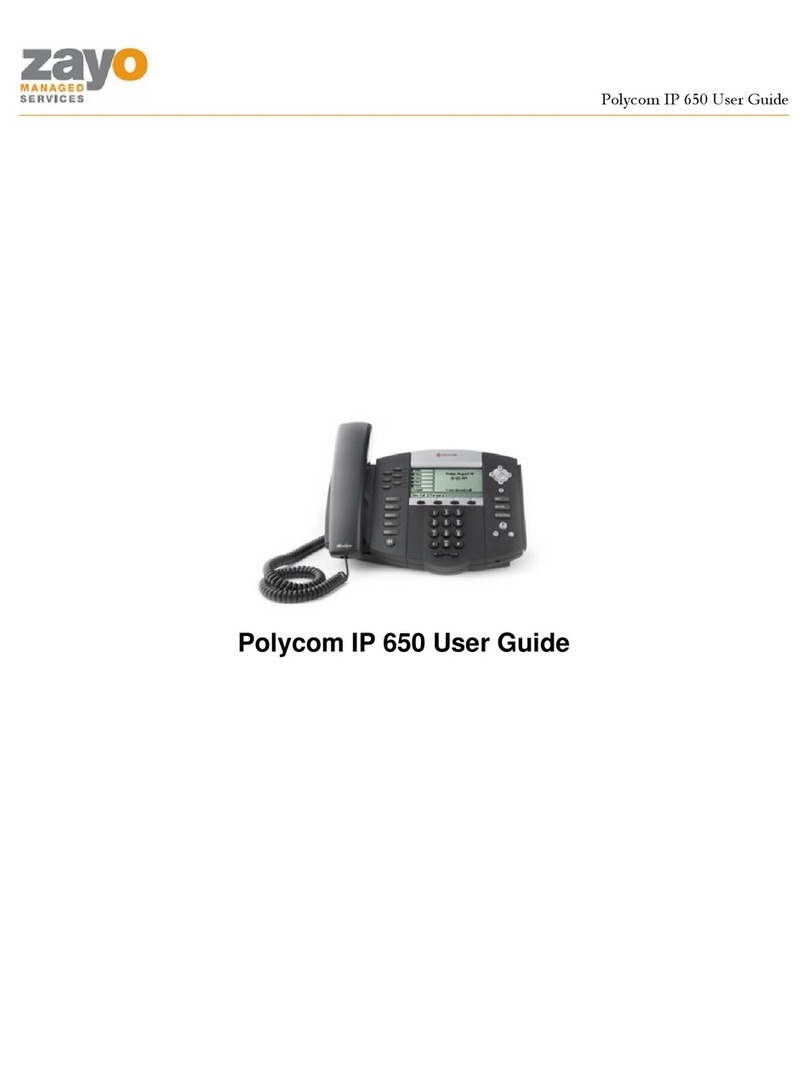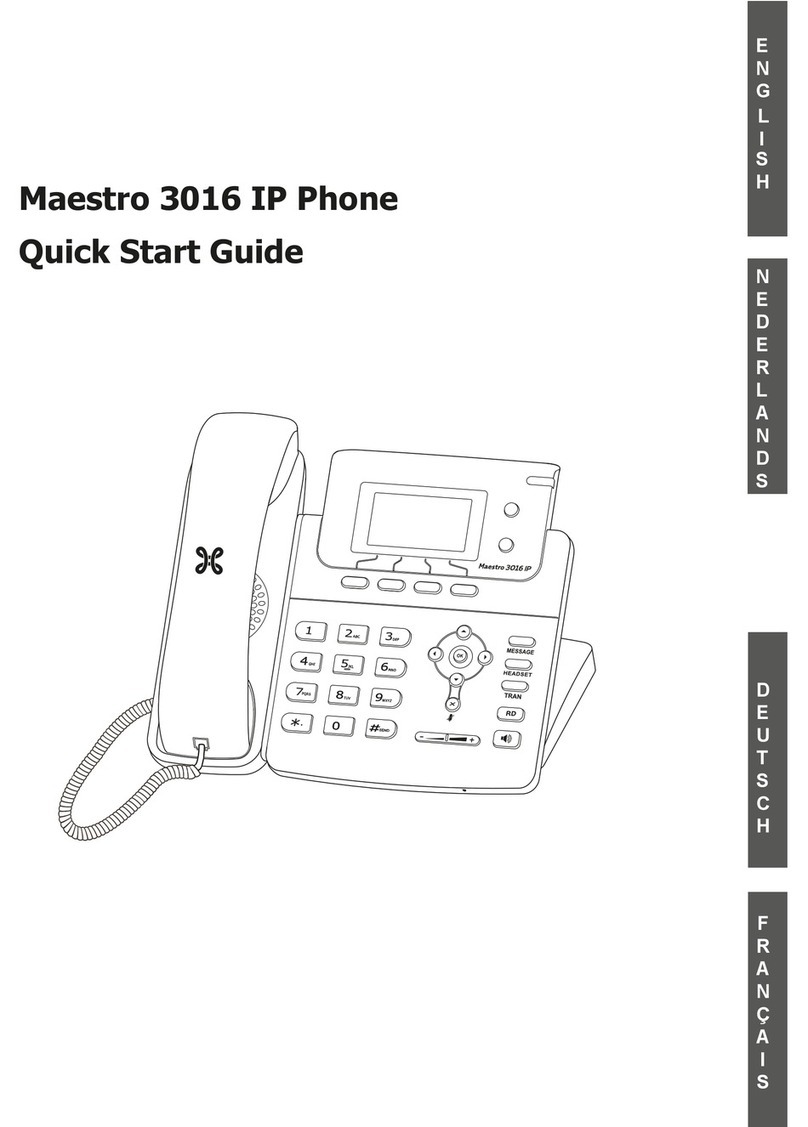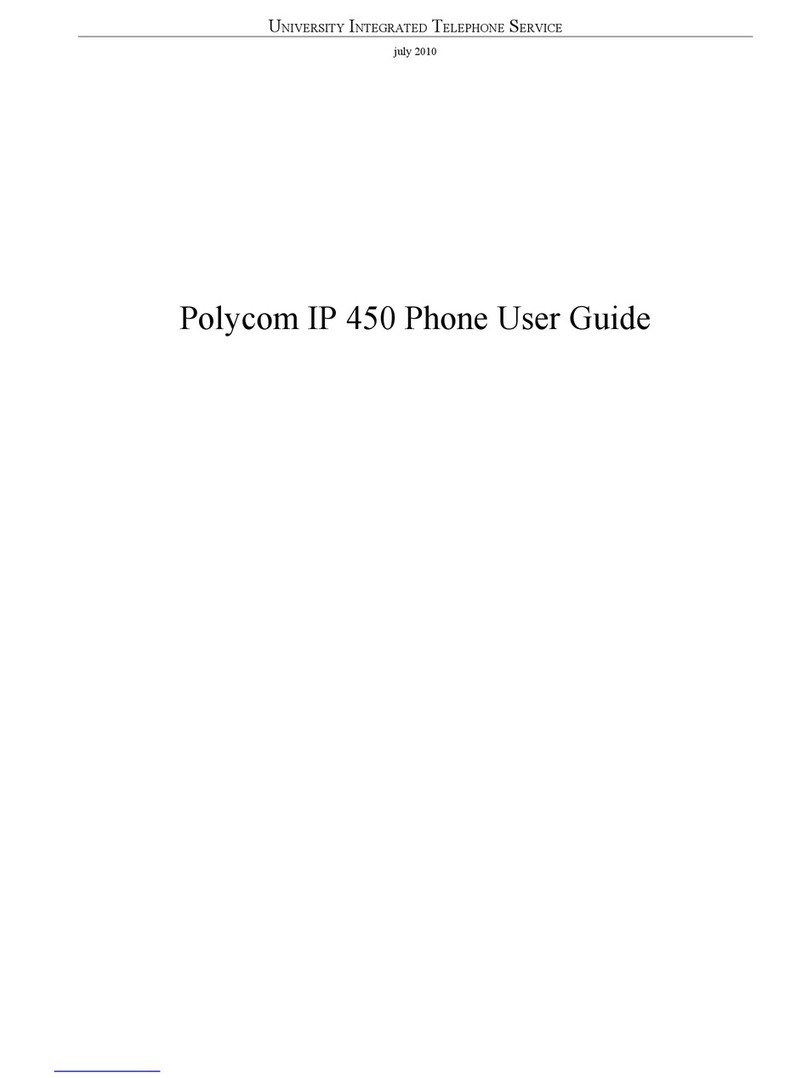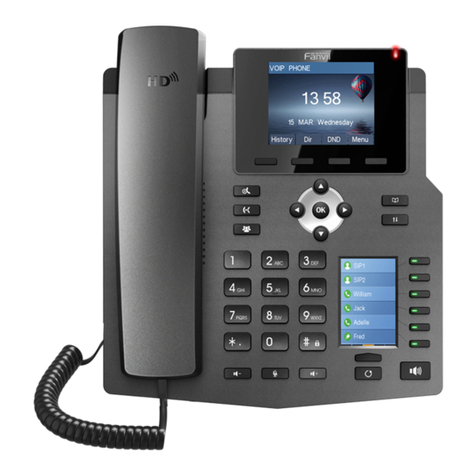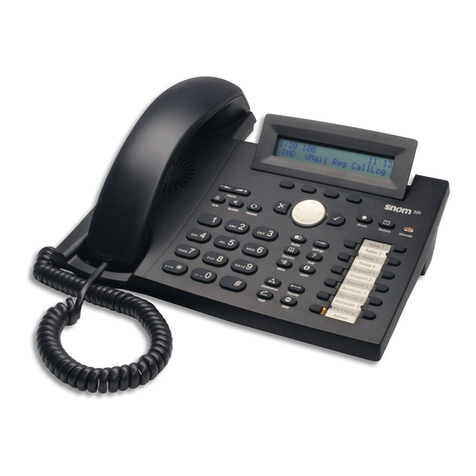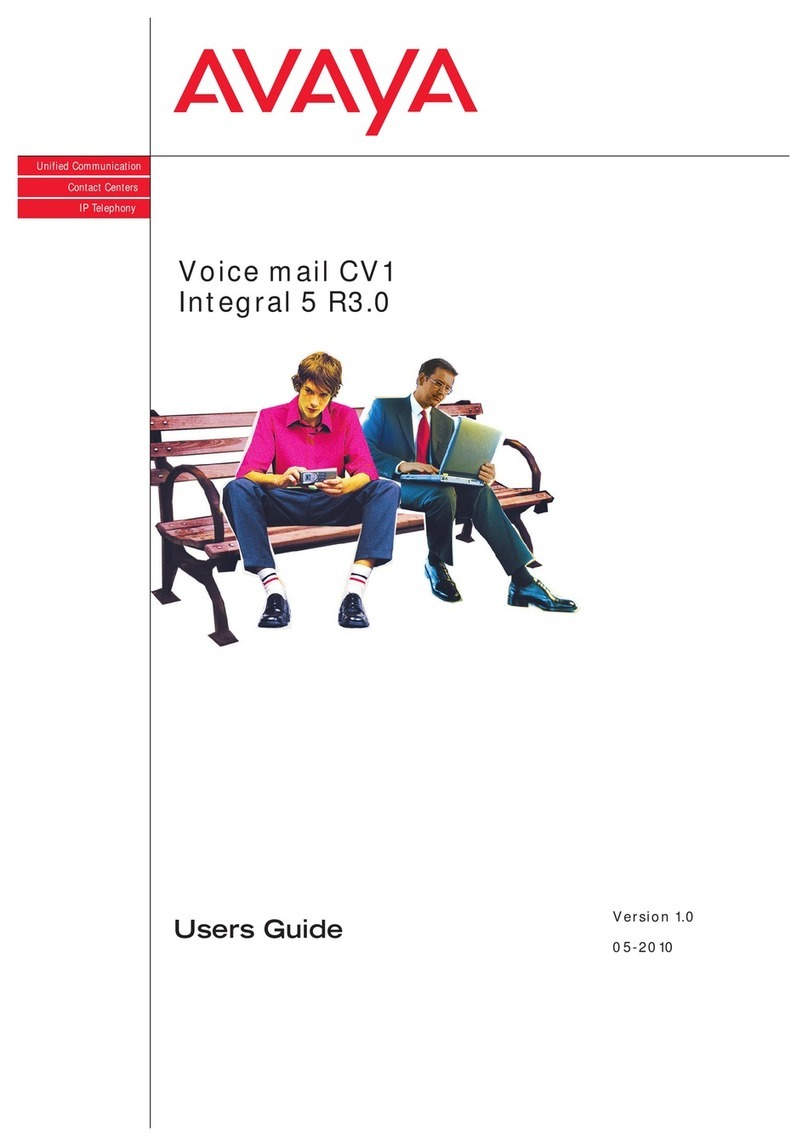Table of Content
1. Generalities 2
1.1 Introduction......................................................................................................................2
1.1.1 Overview..........................................................................................................................................................2
1.1.2 Aim of the document........................................................................................................................................2
1.2 Services provided by thefeature orequipment......................................................................2
1.3 External Interfaces............................................................................................................2
1.4 Terminology / Abbreviations ...............................................................................................7
1.5 Related Documents...........................................................................................................7
1.6 Features..........................................................................................................................8
2. General Requirements 8
2.1 Standards........................................................................................................................8
2.1.1 BT related certification...................................................................................................................................8
2.2 Environmental requirements............................................................................................. 11
3. General Description 11
3.1 BluetoothWLAN daughter boardBT stack diagram.............................................................. 11
3.2 BluetoothWLAN daughter board bloc diagram.................................................................... 12
3.3 Mechanical aspects......................................................................................................... 12
3.4 Specification.................................................................................................................. 15
4. Detailed Technical Description 18
4.1 Electronic...................................................................................................................... 18
4.1.1 RF solution to be implemented....................................................................................................................18
4.1.2 Schematic...................................................................................................................................................... 18
4.1.3 BOM..............................................................................................................................................................19
4.2 Radio frequency............................................................................................................. 21
4.2.1 Antenna.........................................................................................................................................................21
4.2.2 Immunity to external spurious and interferences.......................................................................................25
4.3 Layout........................................................................................................................... 26
4.3.1 BTWDB layout..............................................................................................................................................26
4.3.2 Place requirementsof BTWDB on mainboard...........................................................................................26
